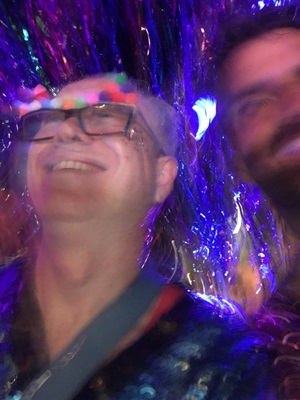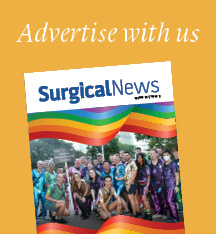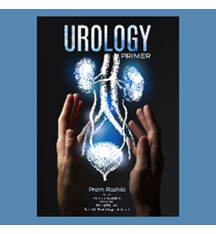2023 | Volume 24 | Issue 2
Pride in medicine and surgery
Author: Professor Richard Turner, FRACS

I felt the love and affirmation this year at WorldPride.
Sitting in a bar on the eve of the big Mardi Gras event, a colleague some 20 years my junior said that it must be gratifying for me to see such liberal enlightenment ‘after all I’d been through’. In reality, I hadn’t been through anything. That was the point! I had avoided confrontation.
As a junior doctor aspiring to a surgical career in the late 1980s, I was seen as a potential AIDS carrier wanting to invade innocent people’s bodies. I saw how gay male patients were treated by senior colleagues. So, I kept my mouth shut, brought only part of myself to work, and came across as a somewhat solitary figure. I didn’t even want to be in a study group for fear of having to lie about my personal life. Years later, in mid-life, I came to ask myself whether a career in surgery was worth those lost years of my youth. But in retrospect it may have also saved me at that particular time in queer history.
It seems like good things happen to me in Sydney. I passed my Fellowship examination there in 1994. I remember walking back to my accommodation after the pathology viva, which was held in the old RACS office in Surrey Hills. I was at the halfway point in that suite of high-stakes interrogations—so far so good. I stopped for a drink and sat at a table facing the street. Of course! This must be Oxford Street. Here was I, on the verge of a career milestone, after years of self-imposed exile, thinking that I must have found my tribe, yet still quite removed from it.
Fast-forward nearly 30 years and I am back on Oxford Street, on the back of a truck with my people, affirmation swelling up like waves of love from the pavements. I am wearing the highly visible, albeit uncomfortable, sequined scrubs prescribed by Pride in Medicine’s WorldPride organising committee. An attempt to add bad-taste bling to my spectacles was compromised by all of Greater Sydney being sold out of rhinestones, so I fabricated something with mini-pompoms and supa glue instead.
I have been promoted to the back of the truck—possibly in my case—because the youthful organising committee considered me too much of a falls risk to join the 40 or more following behind the truck. They were dancing vigorously to the alternating strains of Kylie Minogue, Gloria Estefan, Aqua, Riton, and B(if)tek (who?). All I had to do was mill around with my fellow travellers, brandishing my rigid scope, and waving to the adoring crowds that lined the streets all the way to Moore Park. And no, I didn’t go the all-night after party …
Mardi Gras at Sydney WorldPride on 25 February represented the debut of Pride in Medicine onto the international stage. It was a wonderful display of solidarity among all but two medical colleges of Australia and Aotearoa New Zealand.
Now that the glitter of the parade has settled and the visibility of Pride in Medicine has been established, we need to get to the core business of what the group is all about.
My own interest from the surgical niche I occupy is to promote evidence-based anal cancer screening in HIV-positive men-who-have-sex-with-men and other high-risk groups. More broadly, I would like to contribute to Pride in Medicine’s mission to advocate for person-centred, equitable care for all members of the rainbow community. But first we need to start with ourselves—to make us included and visible in the medical establishment and allow us to thrive.
It is extremely gratifying that an erstwhile bastion of cis-hetero male supremacy is leading the charge. This is something my 25-year-old self would have been pleased to know.

